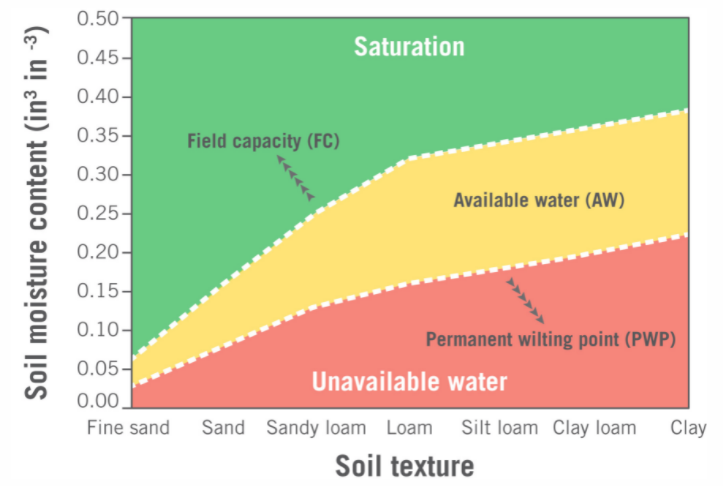
We all know that 2021 was a unique year from a weather standpoint. Large portions of Latham Country were abnormally dry and several areas suffered a severe drought. Have you thought about how this year’s weather could affect next year’s crop?
Below are key observations to make as you study your 2021 yield data and make plans for 2022 planting:
- Pinpoint which fields can handle a “racehorse” and which ones cannot is valuable information when ordering seed and placing products. Categorize each field based on productive vs. stressed soils. Start by evaluating which hybrids and varieties excelled in soils with high moisture-holding capacity. That means those silt loams and loams will be at the top of the yield curve, and those tight clays or sandy soils will be on the losing end. Latham Seeds’ product guide includes Field x FieldTM Placement Rating.
*NOTE: Highly Productive and/or irrigated fields correspond to your silt loam/loam soil types. The Moderately Productive category means fields that have a greater mix of variable soils can be high yielding or average yielding, depending on year. Your Less Productive will be lighter soils, including sandy loams/sands.
- The impact of soil available water will show up dramatically on a yield map. This affects everything from emergence and nutrient uptake to standability and how the crop matures. Defining these areas provides opportunities for variable rate planting and nitrogen management. If you have your fertility in check, then fine tuning your nitrogen program can pay dividends. If you’re planting corn with a variable rate planter, then you should increase nitrogen in those same areas to support the higher nitrogen demands. Higher planting populations increase the stress on each plant for water and nutrients. Nitrogen moves to the plant by water, so having enough nitrogen present will help increase yields on highly productive soils. By using Latham’s Data ForwardTM program, or another precision program, we can use several years of yield data to create productivity zones. This will help you create a more accurate “soil zone” to manage all those factors.
I always compare current yield to the long-term average of a field. If this year is an outlier from previous years, then be cautious about making major changes. Typically, the characteristics we see play out in our yields maps are inherent soil physical properties that don’t change over time. Changes in tillage practices, adding cover crops, or tile work can impact soil water holding capacity. However, you won’t change your soil types.

I also wanted to include this graph from the University of Georgia Extension. I find it helpful in remembering how soil texture and soil moisture work together.
If you have questions about how your yield data can be put to work or would like help making changes to your operations, feel free to contact me at 1-877-GO-LATHAM (1-877-465-2842).
